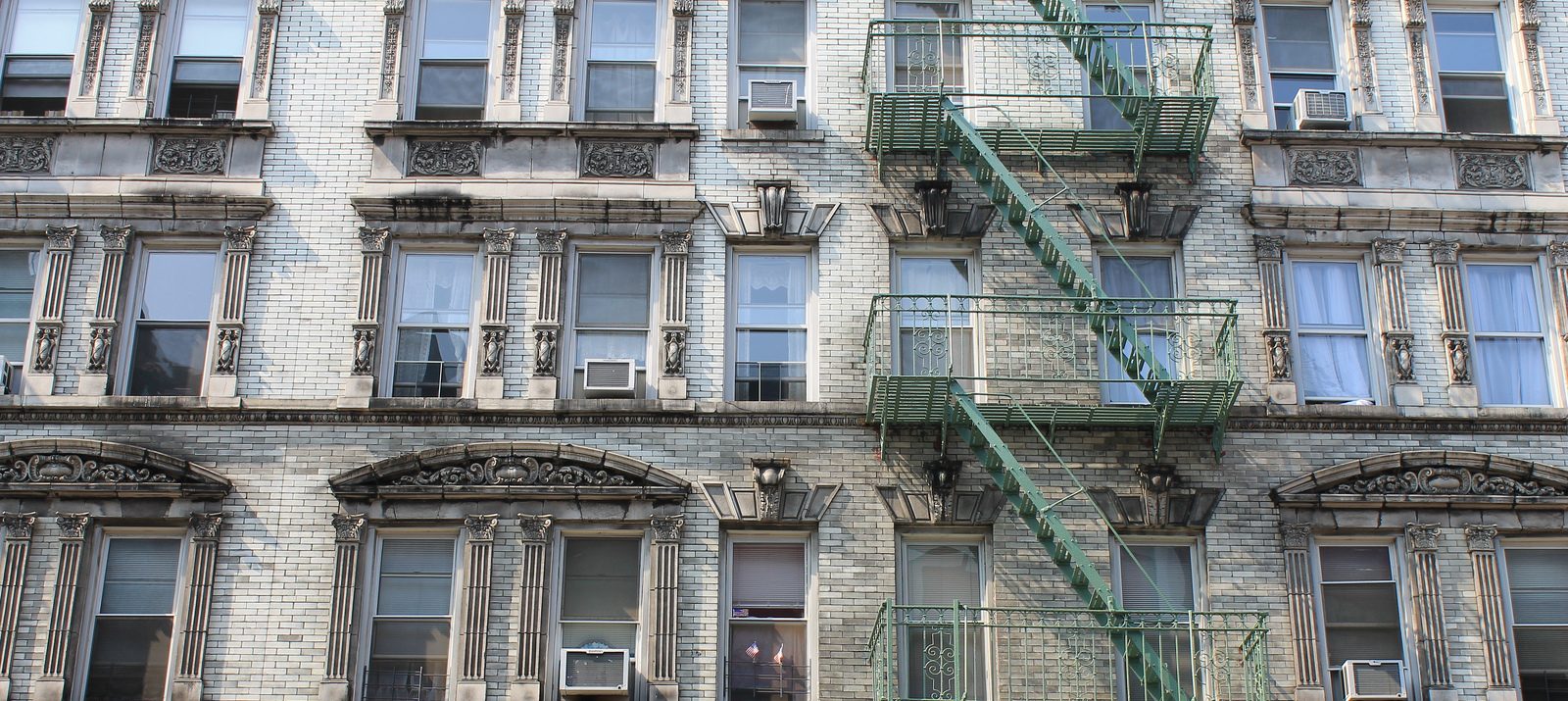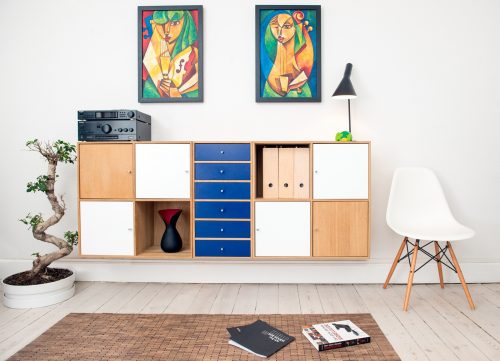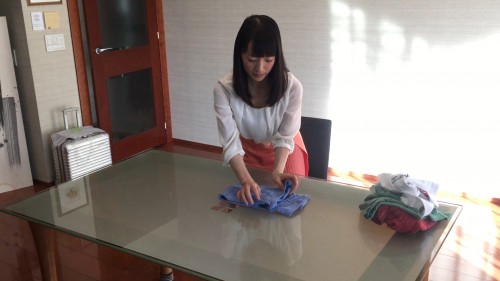You thought moving to a tiny NYC apartment was the hard part. But getting a New York apartment is the real nightmare. Just when you think you have one, someone else swoops in. Or just when you think you’ve found something in budget, more hidden fees emerge.
The New York City housing market is confusing for new transplants and seasoned veterans alike. That’s why we compiled this list of 19 essential NYC apartment hunting tips to make sure you don’t get scammed, stressed, or put out on the streets.
Read them all before you schedule any apartment tours. And remember: If a Craigslist post seems too good to be true, it usually is.
1. Figure out your max budget — and stick to it.

The insanely competitive New York City housing market requires you to be flexible. You need to be able to move fast, put up stacks of documents and cash, and give up on your dream of a washer/dryer in unit.
But one thing you shouldn’t budge on? The amount of money you’re willing to spend.
Before you start responding to apartment listings, sit down and seriously look at your expenses. Write out what you spend each month on groceries, gym membership, Seamless, the internet, Netflix, and your other expenses. Be specific and honest. It isn’t going to help you to leave anything out.
Then, once you have a total, look at your salary and figure out a price range. Set a ceiling for the absolute most you could spend on rent and not starve. Once you’ve done that, don’t change the number, no matter how spacious the bedroom closet is.
As a heads up, most landlords in NYC require your gross annual income (before taxes) to be 40 times your monthly rent.
2. Remember that rents are lower in the winter.
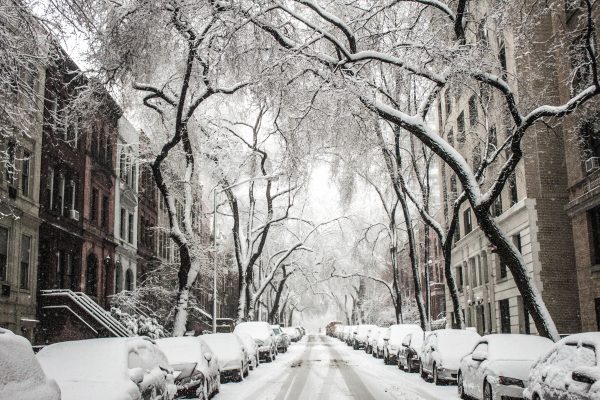
No one wants to move in the middle of a snowstorm, but December through March is the best time to rent an apartment in NYC. The winter is considered “off-peak” for housing because the summer months are when most people move (just consider all the college grads).
When it’s warm out, you can expect rent prices to be outrageous and places to go in minutes. In the winter, there’s less demand — which means you can usually get a better deal. The rent might be lower, or the landlord may even offer to pay the broker’s fee to get the spot filled.
3. Make a list of your must-haves.
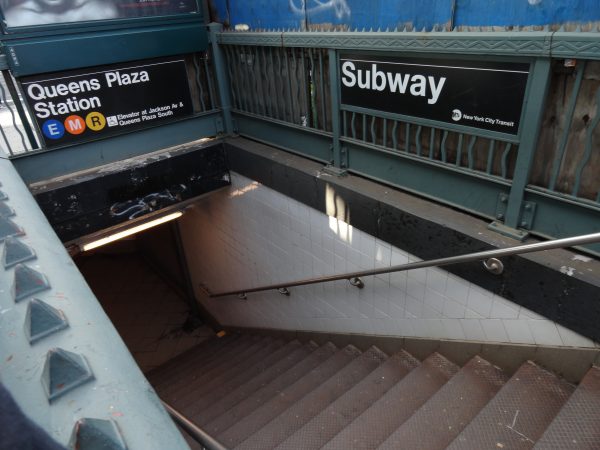
Okay, so you’ve figured out your budget and your time frame. Now it’s time to decide on your must-have checklist.Your
Your apartment hunting checklist should be realistic, so don’t make it too long. Everyone has requirements for their living space, and it’s best to nail those down early.
Have a pet, or plan on getting a pet in the near future?
Then it’s only “pets allowed” places (and these 17 pawesome pet-proofing tips) for you.
How close does the subway have to be? What about the laundromat? Are you comfortable living on the first floor, or the sixth floor in a walk-up?
Think carefully about what you’d like your daily life to look like, then write down the things that would make that possible.
4. If you’re apartment hunting with another person, include them in the process.

When you’re looking for a micro-apartment, studio, or one-bedroom for yourself, you call all the shots. But when there’s another renter involved — like a roommate or significant other — you have to make them an equal partner in every decision. That means you need to merge that person’s budget and must-haves with your own, and respect their concerns each step of the way.
As for touring places together, BuzzFeed has this great tip:
Write down (or just mentally gather) your thoughts on the spot but do not share them. Then, ask the other person for his/her honest opinion. If it sounds a lot like yours, say so and move forward. But if it doesn’t, keep on looking.
This way, you can both independently determine if a particular apartment will make you happy. You won’t just say that because the other person did, which can lead to resentment later on, after you’ve moved into a place you don’t actually like.
5. Prepare your documents early.
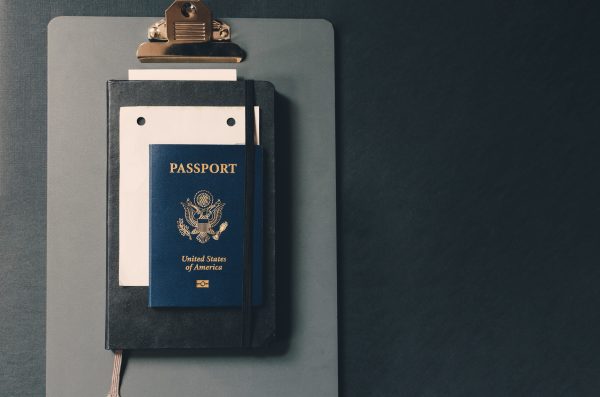
Rental units move fast and require excessive documentation. You can easily lose your dream apartment if you don’t come armed and ready with the (admittedly absurd) list of papers most NYC landlords expect to see before they let you sign on the dotted line.
According to U.S. News & World Report, you should have the following items:
- A copy of your most recent paystubs
- Tax returns from the past two years
- A color copy of your driver’s license or passport
- A current credit report
- A list of personal and professional references
If you’re using a guarantor, you’ll need some extra documents. A guarantor is somebody who basically vouches for your financial responsibility. The implication is that if you fall behind on the rent, your guarantor will cover it.
Guarantors are often necessary if you don’t make 40 times the monthly rent. (Most landlords stick to this figure.) Your guarantor will usually need to make even more — 80 times the rent — and live in the tri-state area. The guarantor will also need to provide some ID, so make sure to give your guarantor a heads up on that.
6. Google your brokers and/or landlord.
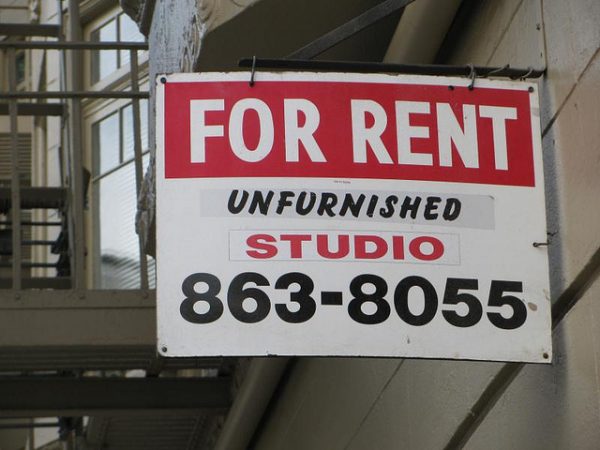
Unfortunately, there are some shady people controlling New York City property, and they aren’t always obvious. Google a broker or agent’s name before you share any important personal information with them. If Google returns links to reviews titled “SCAM ARTIST,” back away fast. But if there are no alarming red flags, proceed.
Do the same for the landlord of any place you’re strongly considering. There’s actually a list of the “100 worst landlords in New York City” compiled by Public Advocate Letitia James. It’s based on the number of Housing Preservation & Development (HPD) and Department of Buildings (DOB) violations they’ve accrued. Scan it for your prospective landlord before you sign anything.
Then, search Google News for any lawsuits brought against your landlord, and poke around the web for complaints on other sites.
7. Bring a friend.

If you’re sharing your new place with a roommate or significant other, you have a built-in buddy to go with you on apartment appointments. But if you’re searching solo, it’s best to call on a friend to accompany you.
This isn’t just a safety precaution for women. As Psychology Today points out, having someone you trust by your side is good for your mental space. It’ll calm you down, which will help you avoid rash decisions you’ll regret.
Plus, your friend can serve as a natural sounding board for your concerns. If that friend happens to be a seasoned city dweller who knows the right questions to ask, even better.
8. Ask if pets are allowed.
Every building has a defined policy on dogs, cats, and other animals. Some are all-inclusive, some are cats only, and others don’t allow any furry friends at all. 🙁
It’s best to know this upfront, since pets are part of the package deal. Ask the broker (or landlord) what kind of animals — and what kind of breeds — are allowed in the building. Then ask if there are any additional fees you’ll need to pay because sometimes your pet gets factored into the security deposit or monthly rent.
Free Bonus: How To Safely Move With Dogs And Cats: The Ultimate Guide
9. Check for major appliances — and a functioning smoke detector.
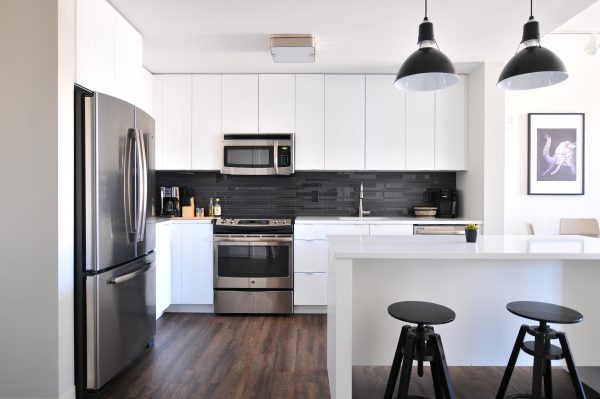
Most apartments you tour will have blank walls, empty floors, and closets free of clutter. But you should see a refrigerator, stove, and kitchen sink in every single one. Make sure they all work. If anything is missing or faulty, press for a concrete answer about when that fridge will be fixed.
You should also locate the smoke and carbon monoxide detector. Then test it. Property owners are legally required to provide at least one “approved and operational detecting device” in every unit. Plus, this concerns your safety, so hold them to it.
10. Check your cell reception.
Did the service bars on your phone drop the second you walked through the door?
Pace around the entire place and see if there’s any change in your cell reception. Having to make your calls from certain corners might be annoying, but it’s doable.
Not being able to make any calls from your home? Unacceptable.
11. Ask if utilities are included.
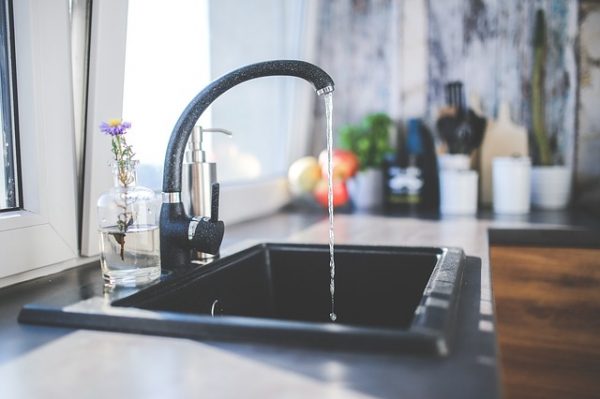
Are utilities included? If they aren’t, how much are they going to cost?
You should try to estimate what your heat, electric, and/or water bills might be if you’re expected to shoulder those fees yourself. They can add up, and they might even set the place over your budget.
12. Scan for signs of rodent life.
If your prospective place has had bedbugs in the past year, you’ll know — the landlord is bound by law to disclose that information. But if the apartment has had rat or mice problems, you won’t.
There’s no legal requirement on landlords to tell you about rodent issues, so you have to do some recon work yourself. Time Out New York recommends you search the cabinets, especially the ones under the sink, for traces of unwelcome pests.
There’s also the New York City Department of Health and Mental Hygiene’s Rat Information Portal that lets you search addresses for rat inspection data. It’ll tell you if the place has “active rat signs,” “problem conditions,” or “passed inspection.”
13. Take measurements and pictures.
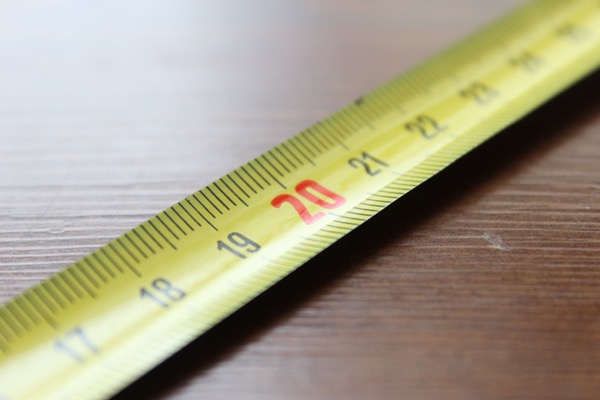
No matter how good you think your memory is, you’re not going to remember the exact layout of each place you see. Or whether the living room can fit your current couch and coffee table.
When you arrive at a new place, take a picture outside the building, maybe of the exact street number so it’s easier to remember. Then snap photos of each room in the apartment and the insides of the closets.
After that, it’s time to pull out your tape measure. Bring it to every appointment along with all those documents we discussed earlier. Take some quick measurements of the doorway and rooms so you know if you can push your headboard through the door and into your bedroom.
14. Find out the fees.

You’ve heard of those mythical “no-fee apartments.” You know, the ones where you don’t have to pay an additional 15% to a broker who brought you to the place. We’re not saying they don’t exist, but we are saying they’re incredibly difficult to find.
While Brick Underground has a list of the eight best websites for finding a no-fee apartment in NYC, one of which is Naked Apartments, you should still brace yourself for that 15% fee (plus a security deposit) just in case.
Also, watch out for scams. The HPD notes that “key money,” or fees for supers and/or doormen, is illegal. And if your place is rent-stabilized, the security deposit cannot be more than one month’s rent.
15. Look for rent-stabilized apartments.
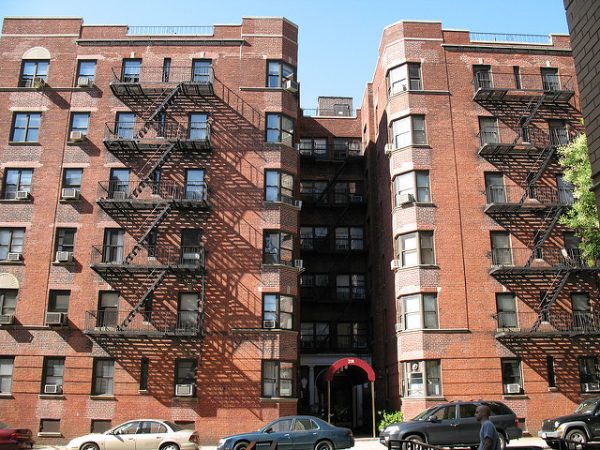
Now, you may be wondering what exactly “rent-stabilized” means. Any rent-stabilized unit is protected against dramatic price spikes. Your rent can still go up, but it can only be adjusted annually by the NYC Rent Guidelines Board. Thankfully, the adjustments tend to be $50 rather than, say, $500.
Another perk of rent-stabilized apartments:
You’re guaranteed the right to renew.
If you don’t want to stay in your place when renewal time rolls around, you’re welcome to leave. But your landlord still has to ask you if you want to renew before other tenants are considered.
Rent-stabilized leases are also much more attainable than rent-controlled leases, which prohibit the owner from changing your rent at all. While the Rent Guidelines Board estimates there are over one million rent-stabilized apartments in NYC, it puts the number of rent-controlled apartments at roughly 27,000.
Rent-controlled apartments tend to stay in families who’ve owned them since the ‘70s, and the Rent Guidelines Board estimates that eventually, there will be zero rent-controlled apartments.
16. Spend some time in the neighborhood.

You can’t get a true sense of a neighborhood from the 30 minutes you spent there on a Saturday afternoon with a broker. If you’re unfamiliar with the area but want to get a sense of where you’d be living (note: this is a good idea), explore the neighborhood on your own.
Spend an hour in a local cafe. Walk a few blocks. And most importantly, check out the neighborhood at night. You need to get a sense of what the area is like at all times of day so you can make sure you feel comfortable living there.
17. Learn the alterations policy.
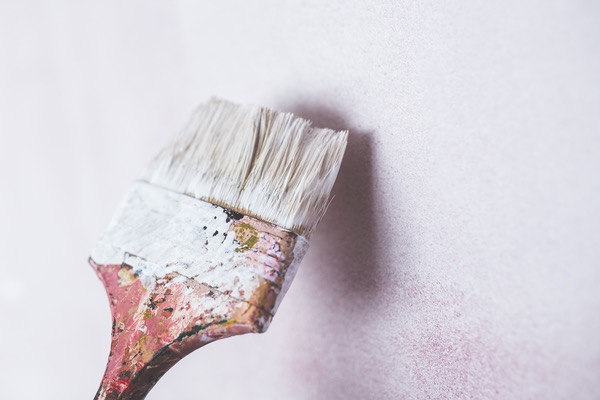
Let’s say you’ve seen a place you love … only the weird paint on the walls has got to go. Don’t assume you can just slap on a fresh coat of sage green or Feathr wallpaper once the apartment is yours.
As Refinery29 explains, most leases require you to obtain express permission from the owner before you make alterations (even seemingly small ones) to the unit. Even if you do get the green light from management, you may still have to return the walls to their original shade before you move out.
And since we’re discussing lease specifics …
18. Read the lease carefully.
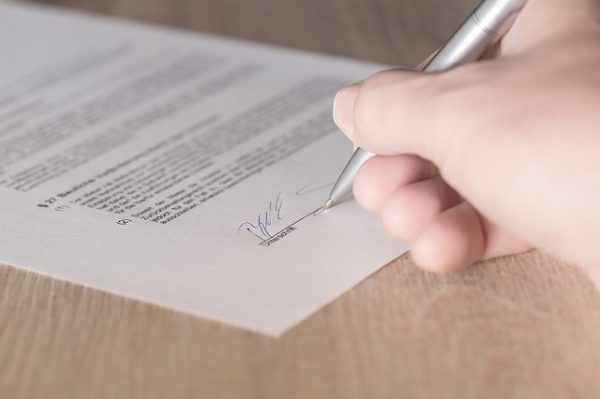
By the time you sit down to sign your lease, you’ve probably been through so much apartment hunting stress that you’d sign away your first-born child without a second thought. But you need to read the whole thing very carefully, or you could wind up missing a major problem.
If the jargon confuses you, ask a lawyer to look it over. Can’t afford a lawyer? Ask a friend who passed the bar, or at the very least read up on tenant rights at nyc.gov. There’s even a free “ABCs of Housing pamphlet” that should clear up a lot of questions.
If something in the lease doesn’t align with what you were promised, take it up with the owner before you sign or initial a page. It could simply be a mistake, but you can’t expect good faith or a verbal agreement to trump a legal document once it’s signed.
19. Let MakeSpace store your extra stuff.
Your brand-new apartment is under budget, beautiful, and blocks away from a great grocery store. There’s just one tiny hiccup:
You downsized two whole closets, and there’s no way all your clothes will fit in the IKEA dresser you’re bringing along.
Luckily, there’s a way to keep all your clothes and the cool apartment:
Use MakeSpace.
Schedule a pickup and we’ll come get your extra sweaters and scarves. Next, we’ll transport it over to our secure temperature-controlled storage facility. We’ll also create an online photo catalog of your stuff so you always remember what you have in storage.
The best part:
When you want something back, you won’t have to dig through boxes in a dusty self-storage unit. Simply log into your MakeSpace account, select the item’s photo, and we’ll deliver it to you.
With MakeSpace, there are no shifty landlords, rodent problems, or faulty stoves. Just affordable full-service storage, no matter where you live in NYC.
Want more super actionable tips on finding an apartment in NYC?
Check out Wit & Whimsy’s wonderful article “So You Want To Move To New York.” It’s chock-full of awesome advice from Meghan and her friends on apartment hunting plus moving to and living in New York City.
Top image via Flickr/Teri Tynes


